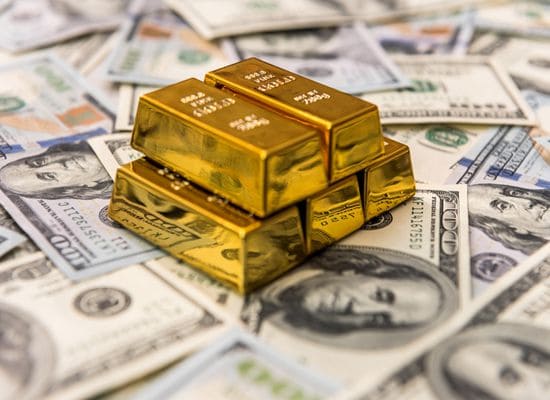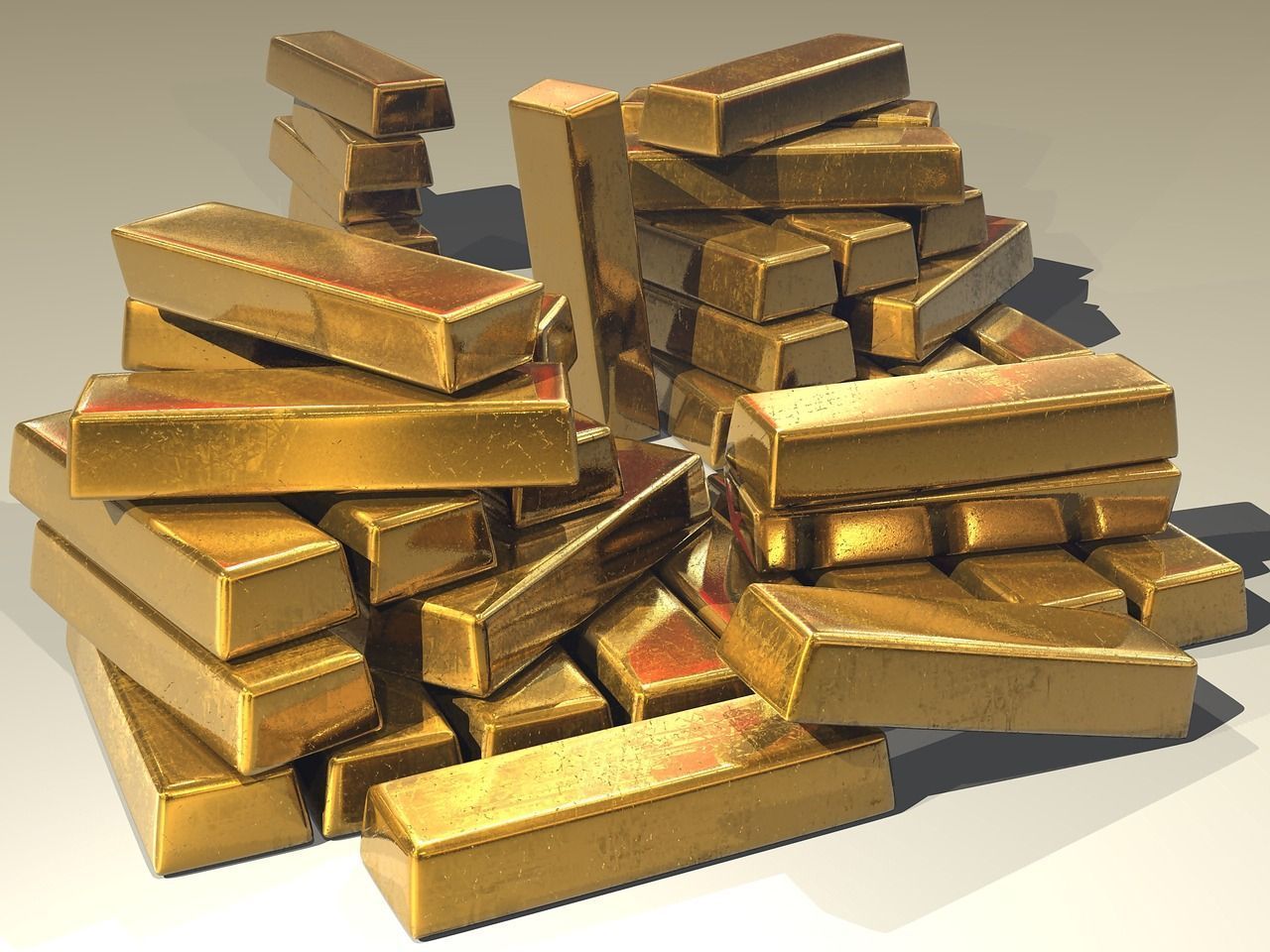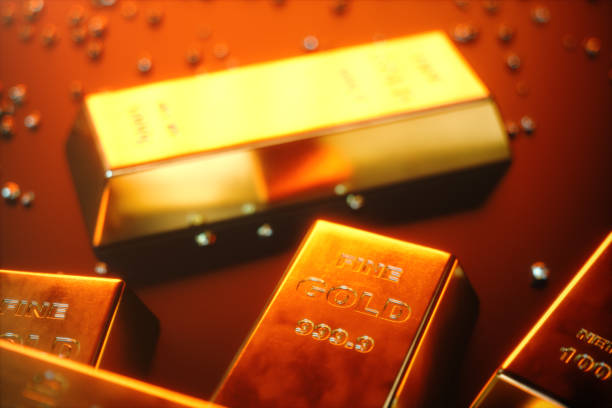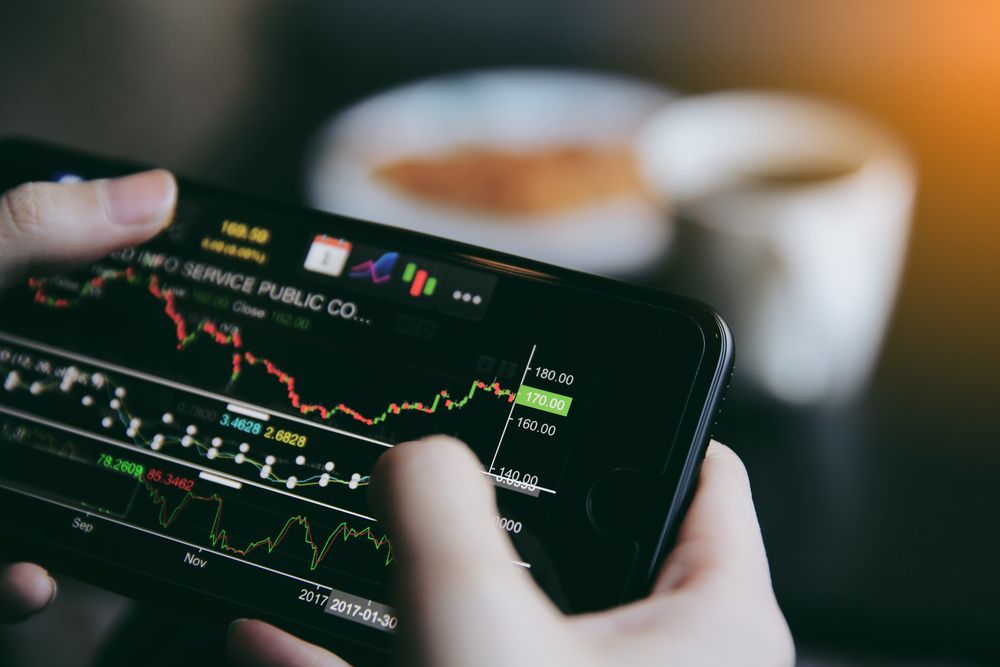Silver Price Forecast: XAG/USD breaks below $30.00 due to improved risk sentiment

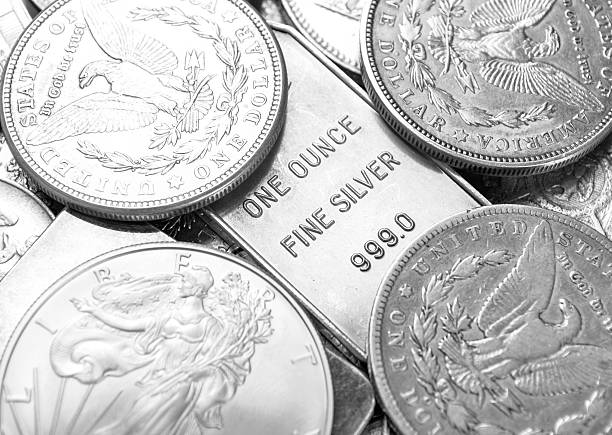
- Silver price depreciates as risk-sensitive assets advance due to improving risk-on sentiment.
- The dollar-denominated Silver faces challenges as the US Dollar surges to its highest level since November 2023.
- Higher yields exert downward pressure on non-yielding assets like Silver.
Silver price (XAG/USD) extends its losses to two-month lows, trading around $29.90 per troy ounce during the European hours on Thursday. This downside of the safe-haven Silver is attributed to improving risk sentiment since Donald Trump’s election victory last week.
The US Dollar (USD), equities, and cryptocurrencies are advancing as markets anticipate strong growth and higher inflation under the incoming Trump administration. The proposed policies could drive increased investment, spending, and labor demand, raising inflation risks.
The dollar-denominated Silver faces challenges due to solid US Dollar (USD). The US Dollar Index (DXY), which measures the value of the US Dollar against its six major peers, holds steady around 106.60, its highest level since November 2023.
The US Dollar also gains support from rising US Treasury yields, with the 2-year and 10-year yields standing at 4.29% and 4.46%, respectively, at the time of writing. Additionally, these higher yields are exerting downward pressure on non-yielding assets like Silver.
The non-interest-bearing assets like Silver might have received downward pressure from less dovish remarks by Federal Reserve (Fed) officials on Wednesday. St. Louis Fed President Alberto Musalem remarked that ongoing inflationary pressures make it challenging for the Fed to maintain a course of rate cuts. Musalem shifted focus to the robustness of the US labor market, aiming to ease concerns about inflation's resistance to the Fed's efforts to reduce it.
Federal Reserve Bank of Kansas City President Jeffrey Schmid highlighted potential challenges in the journey toward lowering interest rates. Schmid also criticized market participants who continue to hold out hope for a return to near-zero rates, calling their expectations unrealistic.
Silver FAQs
Why do people invest in Silver?
Silver is a precious metal highly traded among investors. It has been historically used as a store of value and a medium of exchange. Although less popular than Gold, traders may turn to Silver to diversify their investment portfolio, for its intrinsic value or as a potential hedge during high-inflation periods. Investors can buy physical Silver, in coins or in bars, or trade it through vehicles such as Exchange Traded Funds, which track its price on international markets.
Which factors influence Silver prices?
Silver prices can move due to a wide range of factors. Geopolitical instability or fears of a deep recession can make Silver price escalate due to its safe-haven status, although to a lesser extent than Gold's. As a yieldless asset, Silver tends to rise with lower interest rates. Its moves also depend on how the US Dollar (USD) behaves as the asset is priced in dollars (XAG/USD). A strong Dollar tends to keep the price of Silver at bay, whereas a weaker Dollar is likely to propel prices up. Other factors such as investment demand, mining supply – Silver is much more abundant than Gold – and recycling rates can also affect prices.
How does industrial demand affect Silver prices?
Silver is widely used in industry, particularly in sectors such as electronics or solar energy, as it has one of the highest electric conductivity of all metals – more than Copper and Gold. A surge in demand can increase prices, while a decline tends to lower them. Dynamics in the US, Chinese and Indian economies can also contribute to price swings: for the US and particularly China, their big industrial sectors use Silver in various processes; in India, consumers’ demand for the precious metal for jewellery also plays a key role in setting prices.
How do Silver prices react to Gold’s moves?
Silver prices tend to follow Gold's moves. When Gold prices rise, Silver typically follows suit, as their status as safe-haven assets is similar. The Gold/Silver ratio, which shows the number of ounces of Silver needed to equal the value of one ounce of Gold, may help to determine the relative valuation between both metals. Some investors may consider a high ratio as an indicator that Silver is undervalued, or Gold is overvalued. On the contrary, a low ratio might suggest that Gold is undervalued relative to Silver.


